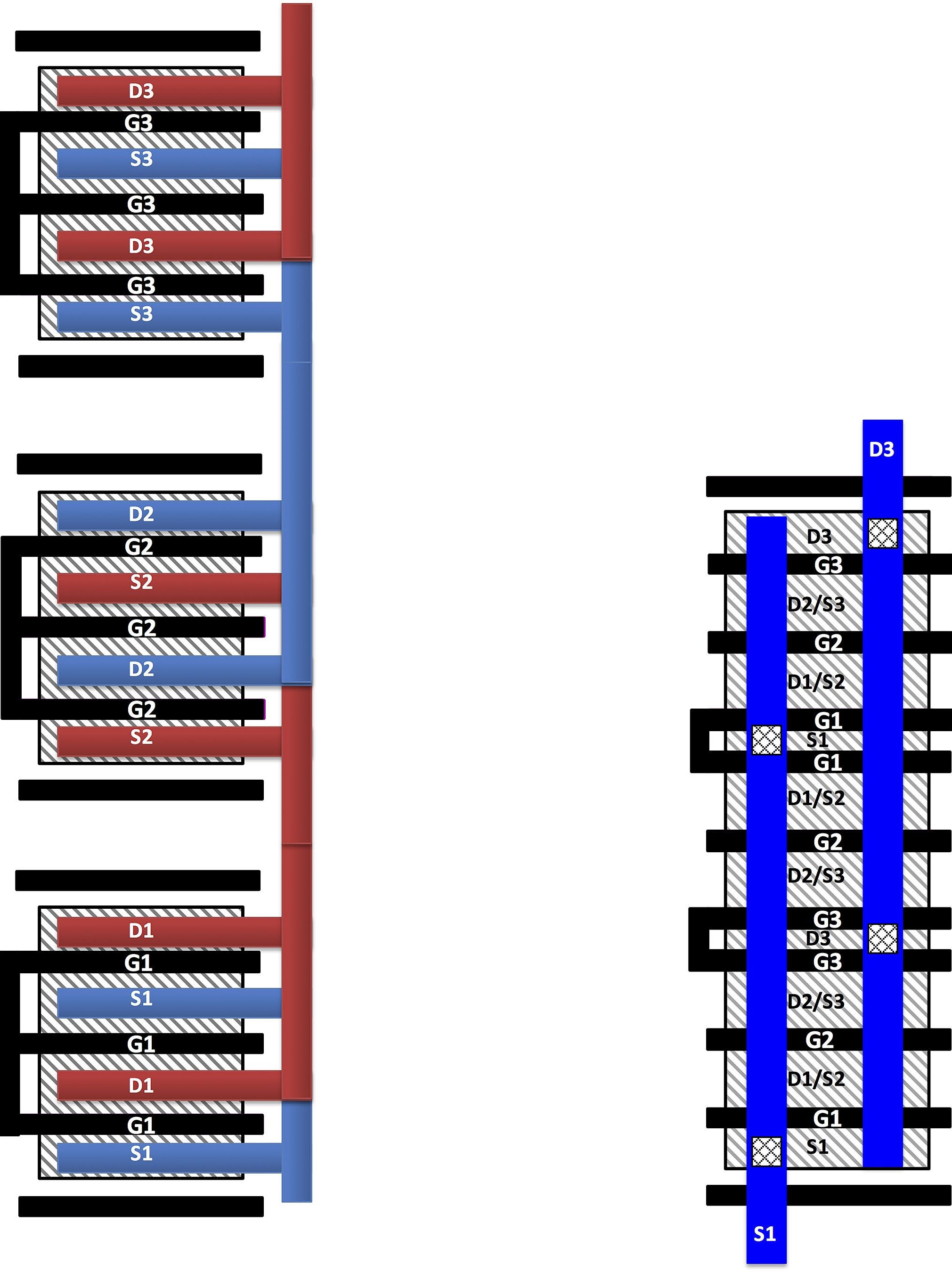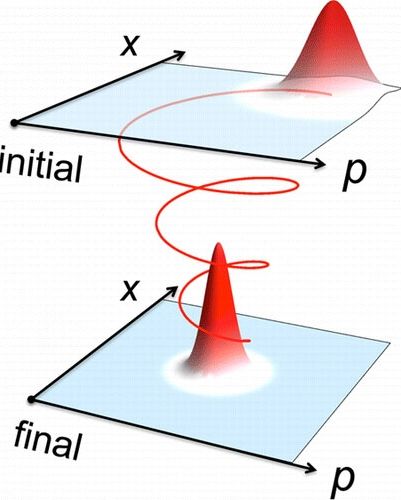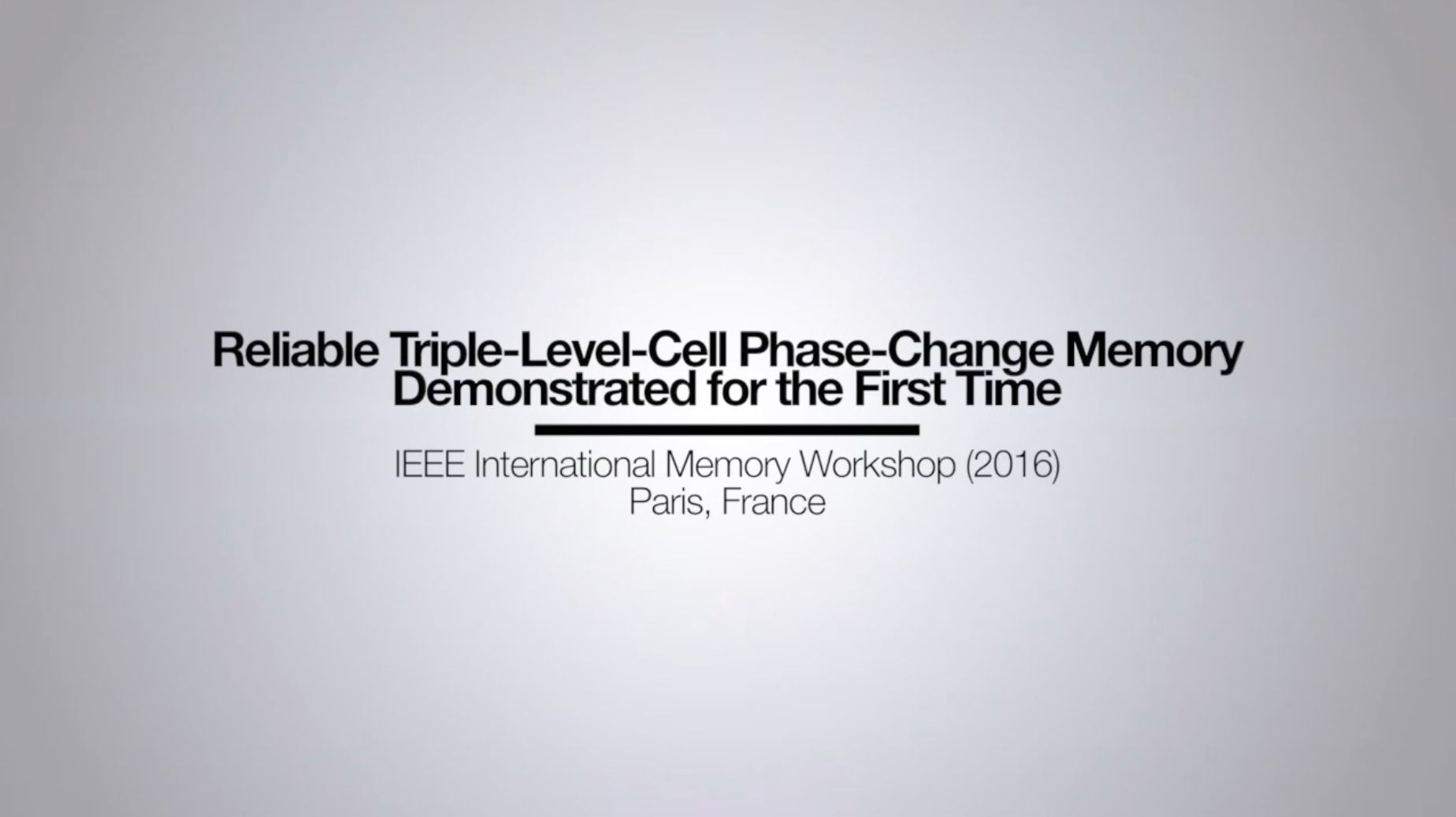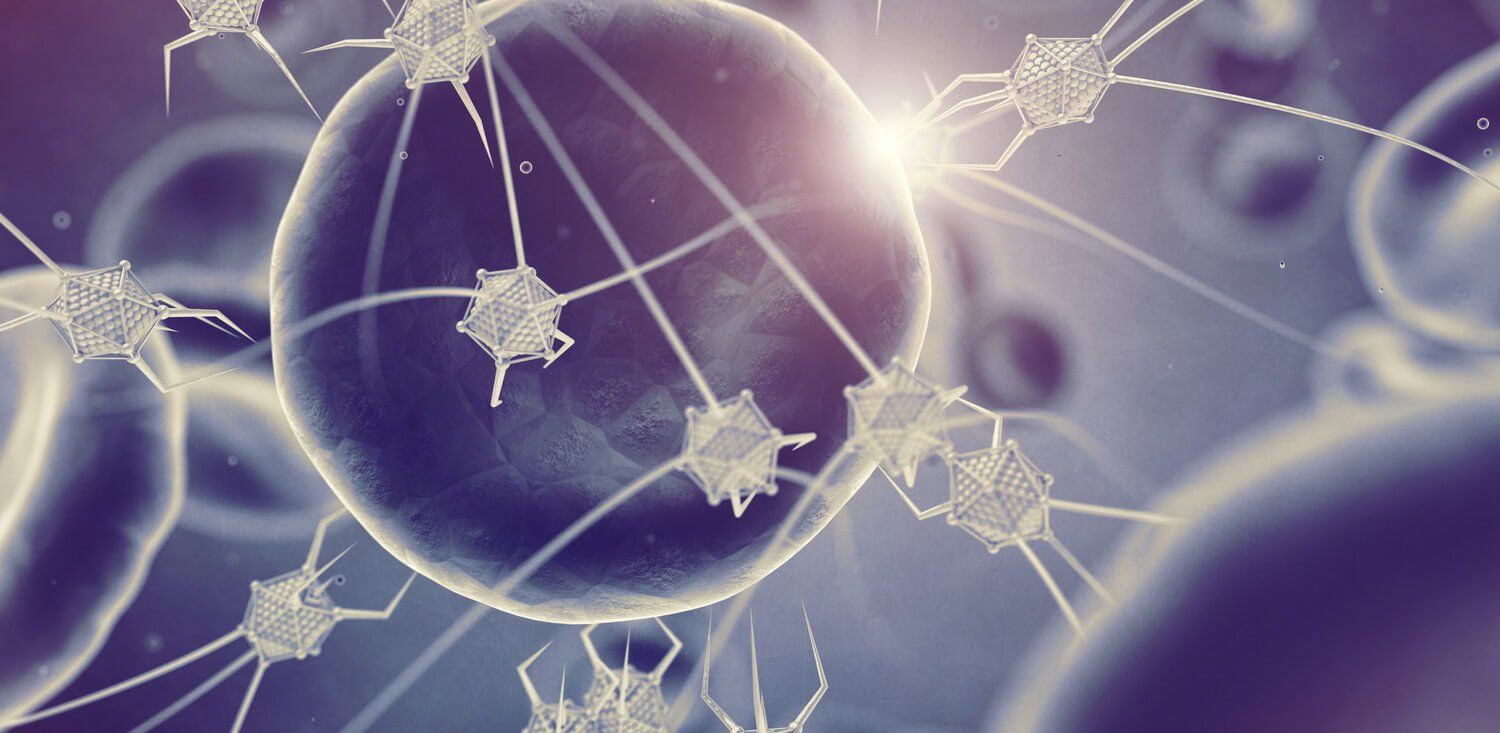May 18, 2016
U.S. Navy’s SPAWAR will pay D-Wave $11 million for quantum computer training
Posted by Karen Hurst in categories: computing, military, quantum physics, robotics/AI, virtual reality
US Navy paying D-Wave to train them on QC.
A division of the U.S. Navy intends to pay Canadian company D-Wave $11 million to learn how to use its quantum computing infrastructure, according to a federal filing posted online on Monday.
The unit seeking this training is the Navy’s Space and Naval Warfare Systems Center Pacific, known as SPAWAR or SSC-PAC for short, which is headquartered in San Diego and has previously researched amphibious throwable robots, unmanned aerial vehicles, virtual reality, and many other technologies. The filing does not actually cover the cost of quantum computing hardware. But NASA has been allowing SPAWAR scientists to learn how to use the D-Wave machine that it operates with Google at the NASA Ames Research Center, the San Diego Union-Tribune reported last month.
Continue reading “U.S. Navy’s SPAWAR will pay D-Wave $11 million for quantum computer training” »














